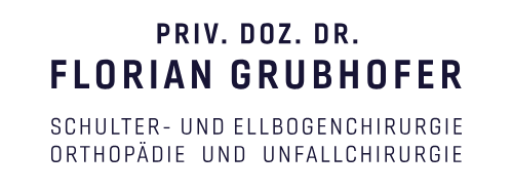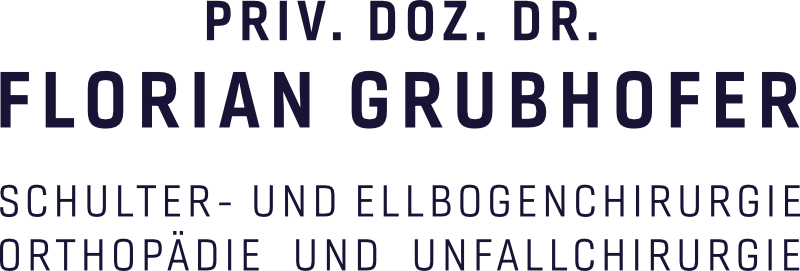What is an AC Joint Injury?
The AC joint (acromioclavicular joint) is the connection between the collarbone (clavicle) and the shoulder blade (acromion = roof of the scapula). This joint is stabilized by ligaments:
• The AC ligaments directly around the joint.
• The coracoclavicular (CC) ligaments, which connect the clavicle to the coracoid process of the shoulder blade.
An AC joint injury can involve sprains or tears of these ligaments. The severity of the injury depends on which ligaments are affected and the extent of the damage.
What Classifications Are Used?
The severity of AC joint injuries is commonly classified using the Rockwood Classification:
1. Grade I: Sprain of the AC ligaments. No widening of the joint space on X-ray.
2. Grade II: Tear of the AC ligaments, but intact CC ligaments. The collarbone is slightly displaced relative to the acromion but does not rise above the acromial roof.
3. Grade III: Complete tear of the AC and CC ligaments. The collarbone rises above the acromial roof, but the distance between the coracoid and the collarbone remains less than 25 mm.
4. Grade IV: Posterior displacement of the clavicle (visible on axial X-ray).
5. Grade V: Similar to Grade III, but the distance between the coracoid and clavicle exceeds 25 mm.
6. Grade VI: Rare injury where the clavicle is displaced under the coracoid or the acromion.
How Is an AC Joint Injury Treated?
• Grade I and II: Treated conservatively with rest, pain management, and physical therapy.
• Grade IV, V, and VI: Usually require surgical treatment, especially for active patients.
• Grade III: Treatment is individualized based on the patient’s functional needs. Surgical stabilization can be performed immediately after the injury, or conservative management can be attempted initially. If pain or functional limitations persist, surgery may be necessary later.
What Surgical Techniques Are Used?
There are more than 130 described surgical techniques for AC joint stabilization. The preferred method includes:
1. Stabilization between the coracoid and clavicle using a suture anchor.
• The anchor is placed under the coracoid and loaded with non-absorbable sutures.
• A “Cow Hitch cerclage” technique is used to stabilize the joint by tying these sutures between the coracoid and clavicle.
2. In chronic injuries: An additional figure-eight tendon reconstruction between the coracoid and clavicle is performed.
3. For horizontal instability: The tendon reconstruction may be extended to include the AC joint itself.
What Does Postoperative Care Look Like?
• Immobilization: The arm is immobilized in a sling for six weeks to allow healing.
• Physical therapy: Begins after six weeks, focusing on restoring range of motion while avoiding strengthening exercises.
• Strengthening exercises: Permitted after 12 weeks. However, axial loading exercises (e.g., push-ups, bench press) should be avoided until 24 weeks postoperatively.
What Are the Risks of Conservative and Surgical Treatment?
• Conservative Treatment Risks:
• Persistent AC joint instability, which can affect overhead function.
• Some patients may feel that the arm is not properly connected to the body.
• These outcomes can only be assessed after 6–12 weeks of conservative management.
• Surgical Treatment Risks:
• Recurrence of instability: Rare, occurring in less than 5% of cases.
• Residual elevation of the distal clavicle: A mild elevation of the collarbone may occur postoperatively. While this can be cosmetically noticeable, it is often functionally irrelevant and does not usually warrant revision surgery.
• Irritation from implanted material: Some patients may experience discomfort or irritation from the hardware near the distal clavicle, which may occasionally require removal.
• General surgical risks: Wound healing problems, infections, or hematomas, though these are rare.

